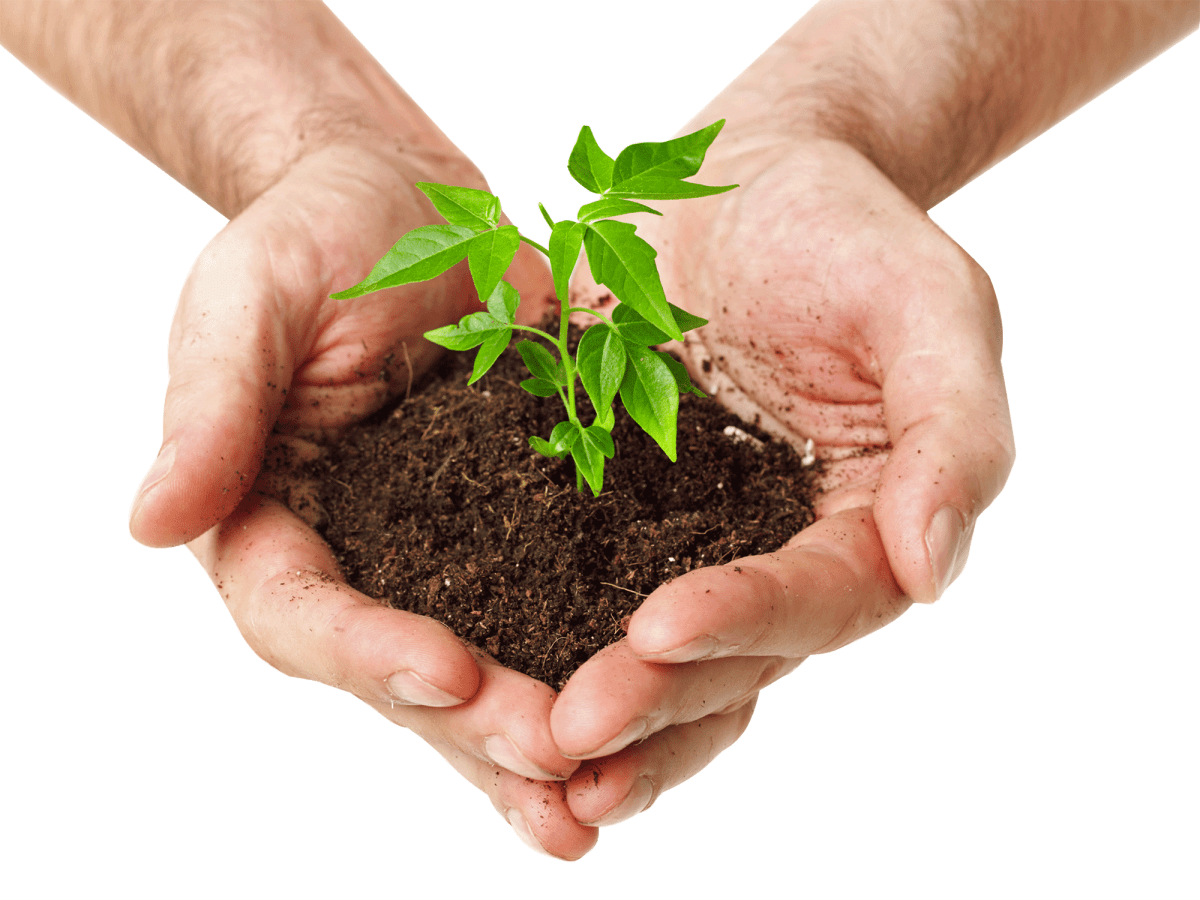Making sure that you do a great job when it comes to transplanting and moving garden plants is not hard if you know exactly how to do it. That is why you have to get informed before you start. Plants are sensitive to change, and you will need some extra time, but giving them that care in the first few days of moving will truly pay off. There is a couple of reasons that you might want to relocate your plants, like moving to a new home, moving them to a new location in your garden, or moving them from pots to the soil. No matter what the reason is, you will get all the information on how to do it successfully right here.
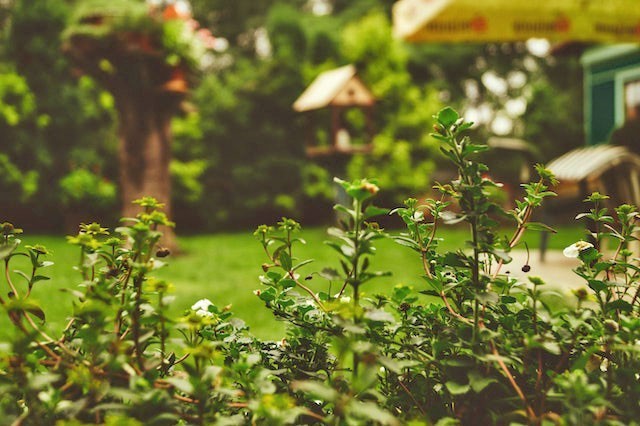
Moving plants inside of your garden
Transplanting your plants is a process that involves some care and attention to detail. If you are doing it as a part of a backyard remodeling project, you will probably opt for moving your plants from one place to another, inside your own garden. Here is what your plants need so you can do it right.
Prepare for the plant transplant
Water the soil around the plants that you will be moving. Do it thoroughly, so that the roots and the soil get softer. Do the same with the place where you will be planting your plants. Dig a hole in the soil that is wide enough for the roots to fit, and even a little bit wider. While doing this, you should be on the lookout for spring garden pests and deal with them before taking the next step. Once you are finished, wait for the morning to replant and avoid the sun and the heat as much as possible.
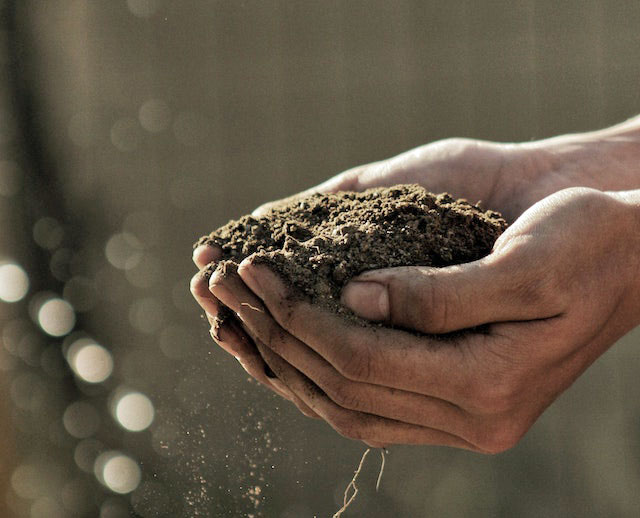
Start digging
Your hole is ready, but your plant needs to be taken out of the ground. Make sure everything is ready so you can plant it as soon as you get it out of the ground. Prepare a garden hose to water it right away, and have a garden cart available if you are moving a large plant and you need some help. Get a hand shovel and dig a circle around your plant, avoiding the roots. Use it to dig out the plant and pop it out of the soil. Check the roots for damage, and make sure that they are not covering the soil completely. Move it to the hole right away and put it inside.
You might get worried once you transplant them, since they need some space, especially if your garden is not very big. Luckily, there are many great design ideas if you have a small garden that can make it look magical. It will look amazing if you make sure you are moving your plants to the right location. Design truly is everything in art, and gardening is just that.
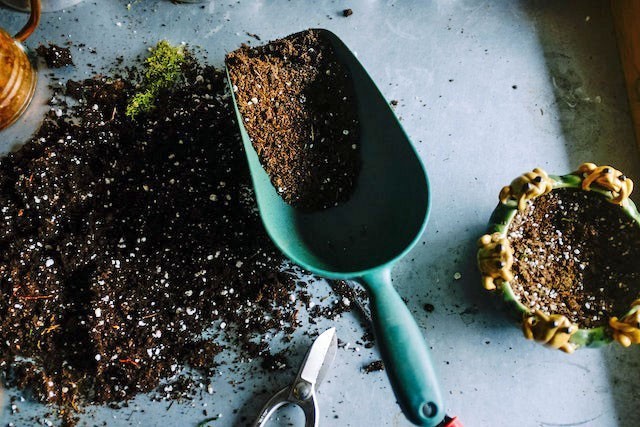
Water once again
If you want to be successful when it comes to transplanting and moving garden plants, you have to be able to care for them until they are strong and stable again. Once you put the plant inside of the hole you made, put the soil inside as well, but don’t smother the roots. The soil should be solid. Still, don’t push too hard, since you can tear the roots this way.
Now that you have moved your garden plant to the right place, water it once more, and do it well. There are many sustainable and eco-friendly ways to upgrade your garden and water it wisely. It will help your plants stay fresh and the soil will get in all the right places.
The first few weeks are critical for your plants
After moving your plants, you might feel like the hard part is over. Of course, that is not always the case. If you avoided harming the plants and their roots mechanically, or by the sun heat and rays, you still have to make sure that your plants will be fine. Any change is major when it comes to the greens, so you need to create some shade and water them regularly.
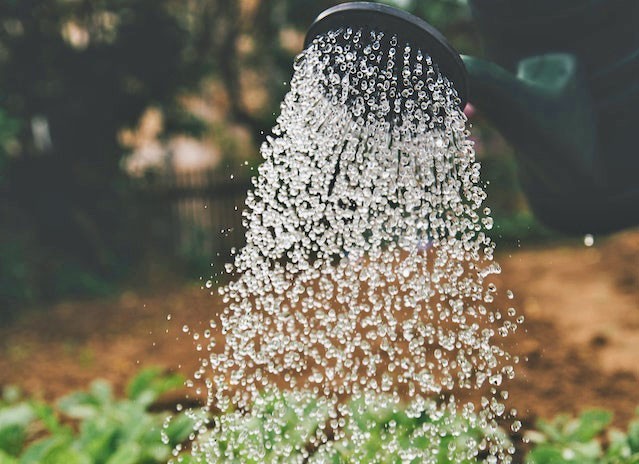
Moving to a new home and taking your plants with you
Leaving your garden can be one of the hardest parts of any relocation. You have put so much love and time into making it perfect, so it is unimaginable for you to just leave it all behind. Every plant is special in its own way, but there are the ones that are especially important to us. Some may have been planted by your kids, or a person that you love, and leaving them behind is just not an option
These plants can, of course, be relocated with you to your new home. But the process is a bit different than moving plants inside your garden. You will have to move them into the pots first and then move them to the ground once more. The process is otherwise completely the same. The most important thing to remember is that you need to plant them again as soon as possible, and water them well before placing them into the moving truck.
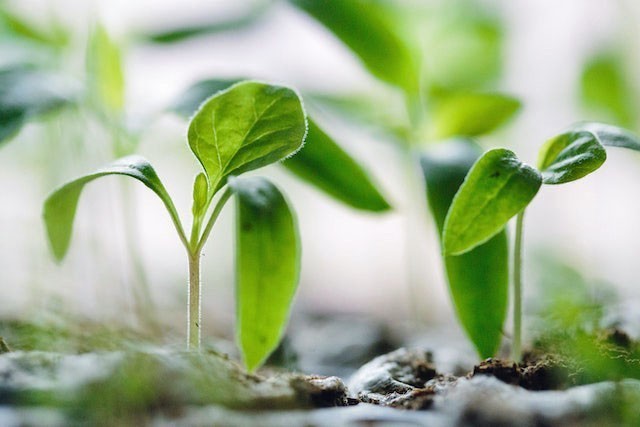
Gardening is something that most people see as a kind of art. No matter if you are gardening flowers, vegetables, or fruit, it takes skill and effort. Making sure that you know the right way of transplanting and moving garden plants will truly help you do it right and make them even more beautiful than before. Plants are sensitive, and it’s not easy to keep them looking the best they can. But, if you are experienced or you look for the right advice, you can deal with it without issues. Now, your plants can be with you no matter how close or how far you need to move them.
Author:
Maya Ryans is a part-time writer for Peasley Transfer & Storage Idaho and an aspiring landscape architect. She has a passion for helping others grow beautiful home gardens and care for their green friends, while making the whole experience sustainable and eco-friendly.
Photo credits:
Featured Image at pngimg.com
Garden Plants by Martin Knize
Hands full of dirt by Gabriel Jimenez
Garden Trowel and soil by Neslihan Gunaydin
Sprinkler by Markus Spiske
Plant Seedlings by Francesco Gallarotti
